Tehran’s Argo Factory complex reinvents brewery architecture for the arts
The Argo Factory Contemporary Art Museum & Cultural Centre by Ahmadreza Schricker Architecture North (ASA North), housed in a redesigned brewery, becomes Tehran's first new arts hub in decades
Iwan Baan - Photography

Argo Factory Contemporary Art Museum & Cultural Centre, the first hub of its kind to be built in Tehran in over 40 years, was completed and due to launch in 2020. Yet due to the pandemic and local political circumstances in Iran, it's only now that the team behind it, Iranian-Austrian architect Ahmadreza Schricker, founder of ASA North, and his client, Pejman Foundation, are able to celebrate its opening.
The project is the ambitious conversion of the 1920s Argo Factory – a 480 sq m brewery in downtown Tehran – into a 1,850 sq m home for the arts. The majestic, beautifully monolithic building complex now spans six gallery halls, an auditorium, a library, artist residency and event spaces, a private studio apartment, retail, and a VIP observation deck – there is even a re-issued Argo non-alcoholic draft beer bar.
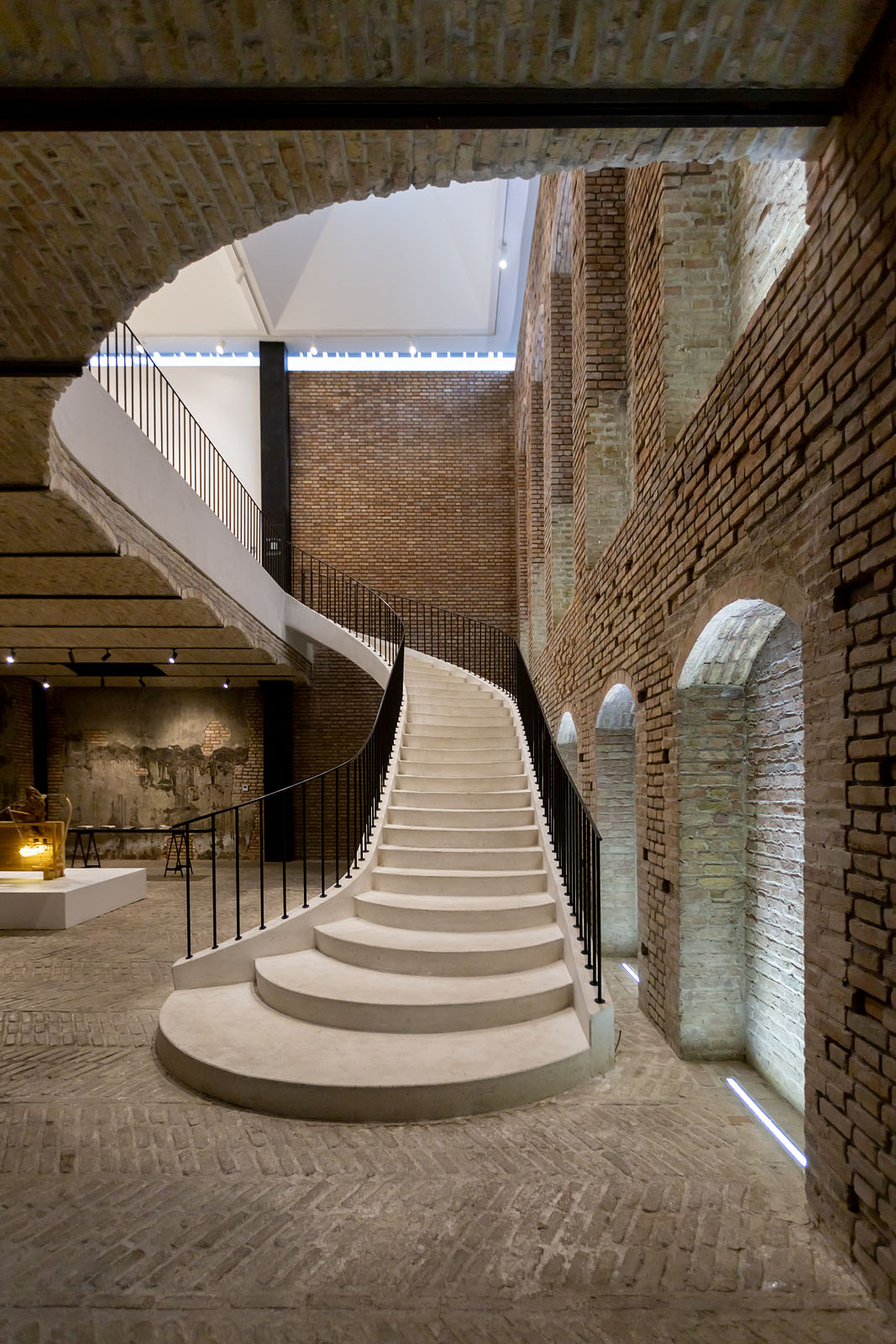
The project was part restoration, part new build, as the architecture team, including collaborating architects Hobgood Architects (headed by Patrick Hobgood) who were involved in the project's concept phase, had to balance the tightrope between old and new. The existing foundations had to be reinforced (at places entirely rebuilt) and the brick materiality of the overall complex maintained. At the same time, five new, pitched concrete roof structures now top the centre and a new 70 sq m, concrete-clad structure houses the artist residency areas. 'I do not worship Argo, with its many industrial architectural twins around the world, I love Argo. In 2017, the factory’s roofs were missing and as a sign of respect for the old, we placed five new floating roofs on top of the remaining structure. Natural light flows in from the articulated split between old and new, and the newly inserted structural foundation allows the floating architectural “hats” to give another character to an already strong personality,' explains Schricker.
Bricks from the original structure were recycled and reused where possible, although in places where the walls are entirely new, a different kind of mortar was used to subtly highlight the difference between time periods across the building's skin. Inside, the exposed brick character of the structure continues in all its glory, providing a tactile, yet neutral enough and versatile backdrop for art display. Meanwhile, a flowing, dramatic, 12m-long staircase becomes a key centrepiece in the main ground and upper gallery floors, created without any middle supports in a feat of poured-in-situ concrete engineering.
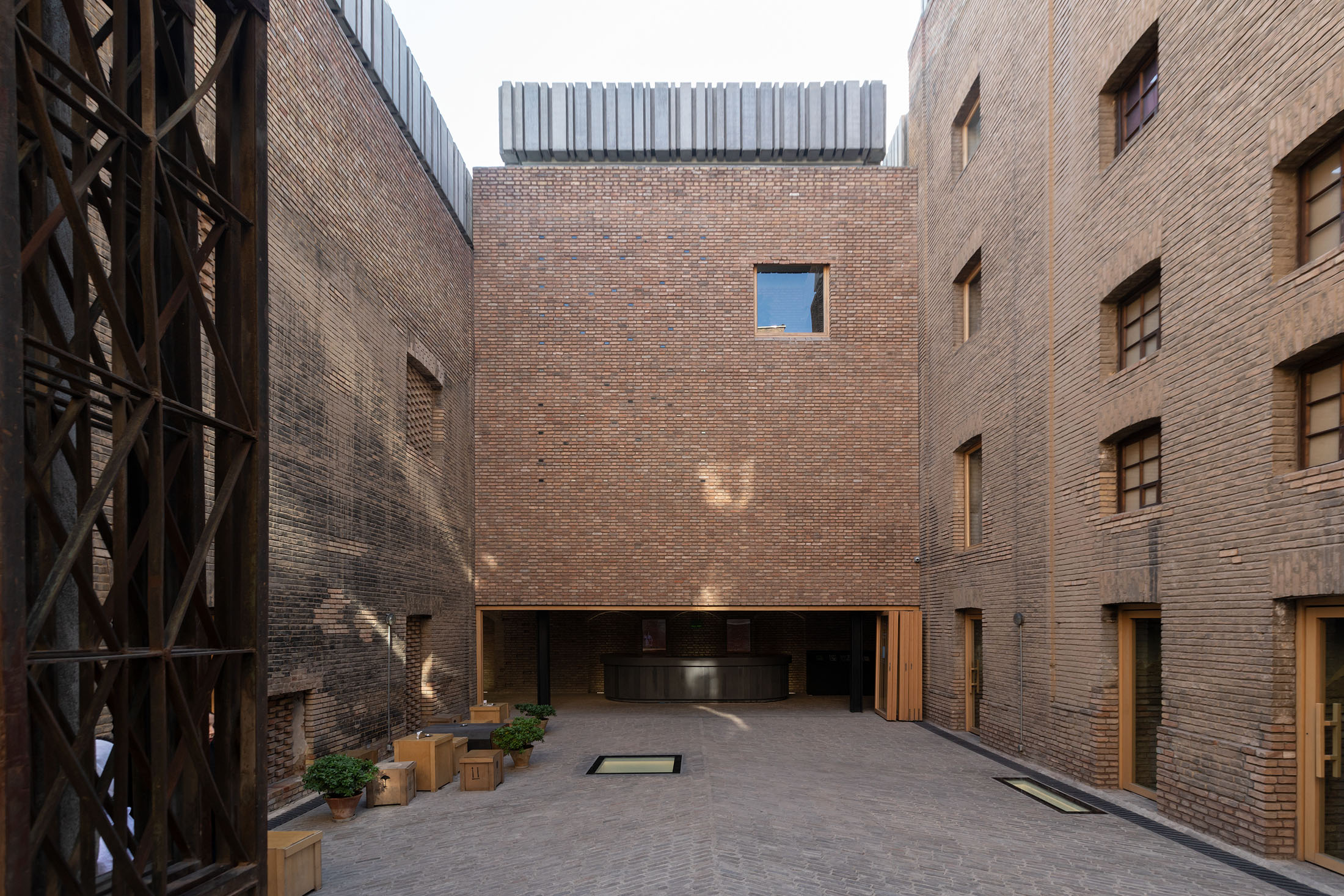
Schricker adds: ‘Similar to the roof of the Bazaar of Isfahan, the new floating concrete roofs play multiple roles: as deep skylights, they keep the heat out while filtering the light in for the galleries and they also dance with the neighbouring roofs of downtown Tehran. Lastly, as a symbolic nod or “tip of the hat”, they greet the city' as it welcomes back Argo.
Previously at OMA/AMO in New York and Herzog & de Meuron in Basel, Schricker works on a range of scales, internationally, from his New York base and his two-pronged practice – ASA North is a more 'traditional' architecture practice, while its sister studio, ASA South, operates in the virtual realm. Ongoing work in the Asia region by ASA North includes the first, new-build Virtual Museum for art collector Mohammed Afkhami in Dubai, and the masterplan of a 7,800 sq m cultural centre around Saba Manouchehri’s textile collection in the city of Kashan, Iran.
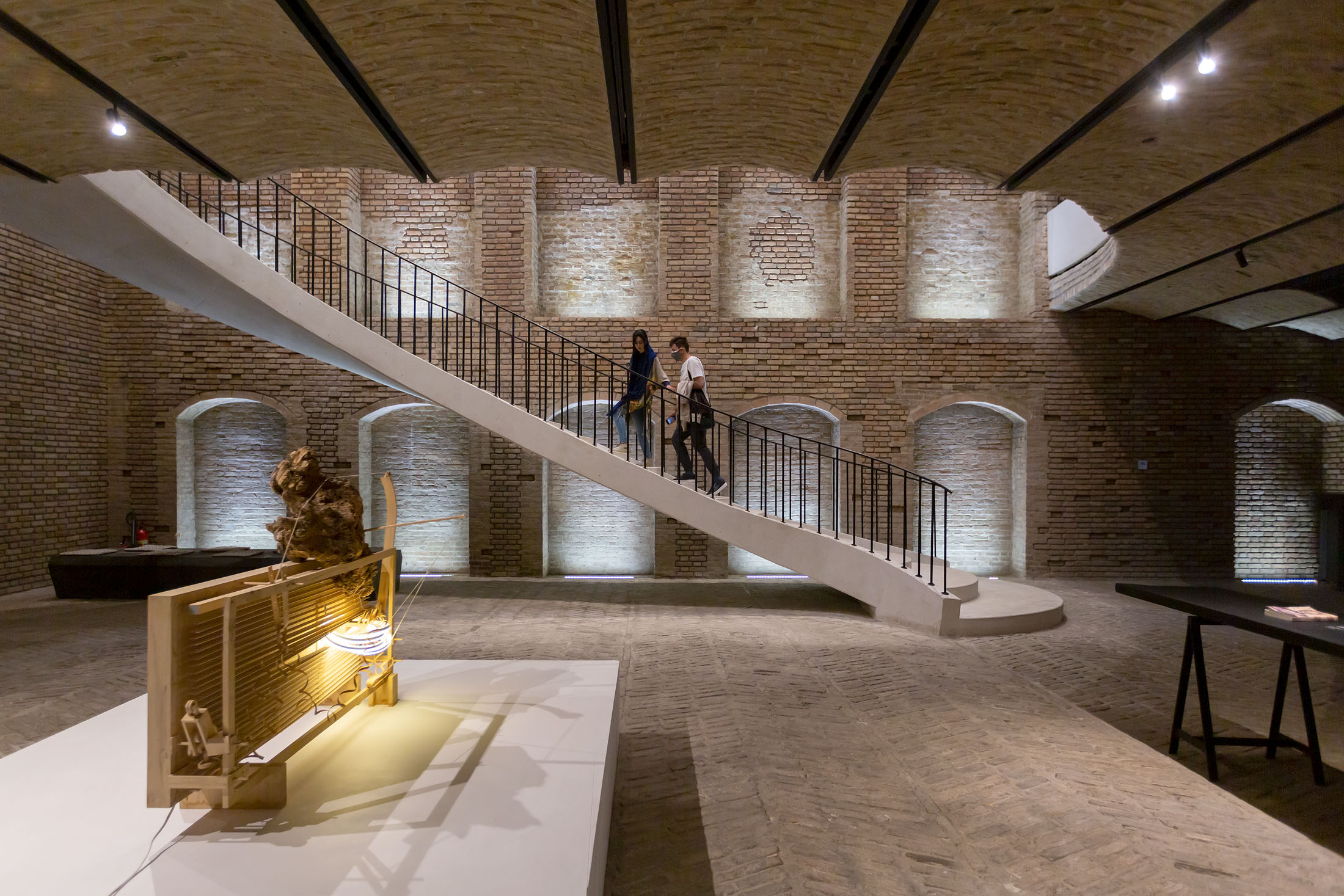
INFORMATION
Receive our daily digest of inspiration, escapism and design stories from around the world direct to your inbox.
Ellie Stathaki is the Architecture & Environment Director at Wallpaper*. She trained as an architect at the Aristotle University of Thessaloniki in Greece and studied architectural history at the Bartlett in London. Now an established journalist, she has been a member of the Wallpaper* team since 2006, visiting buildings across the globe and interviewing leading architects such as Tadao Ando and Rem Koolhaas. Ellie has also taken part in judging panels, moderated events, curated shows and contributed in books, such as The Contemporary House (Thames & Hudson, 2018), Glenn Sestig Architecture Diary (2020) and House London (2022).
-
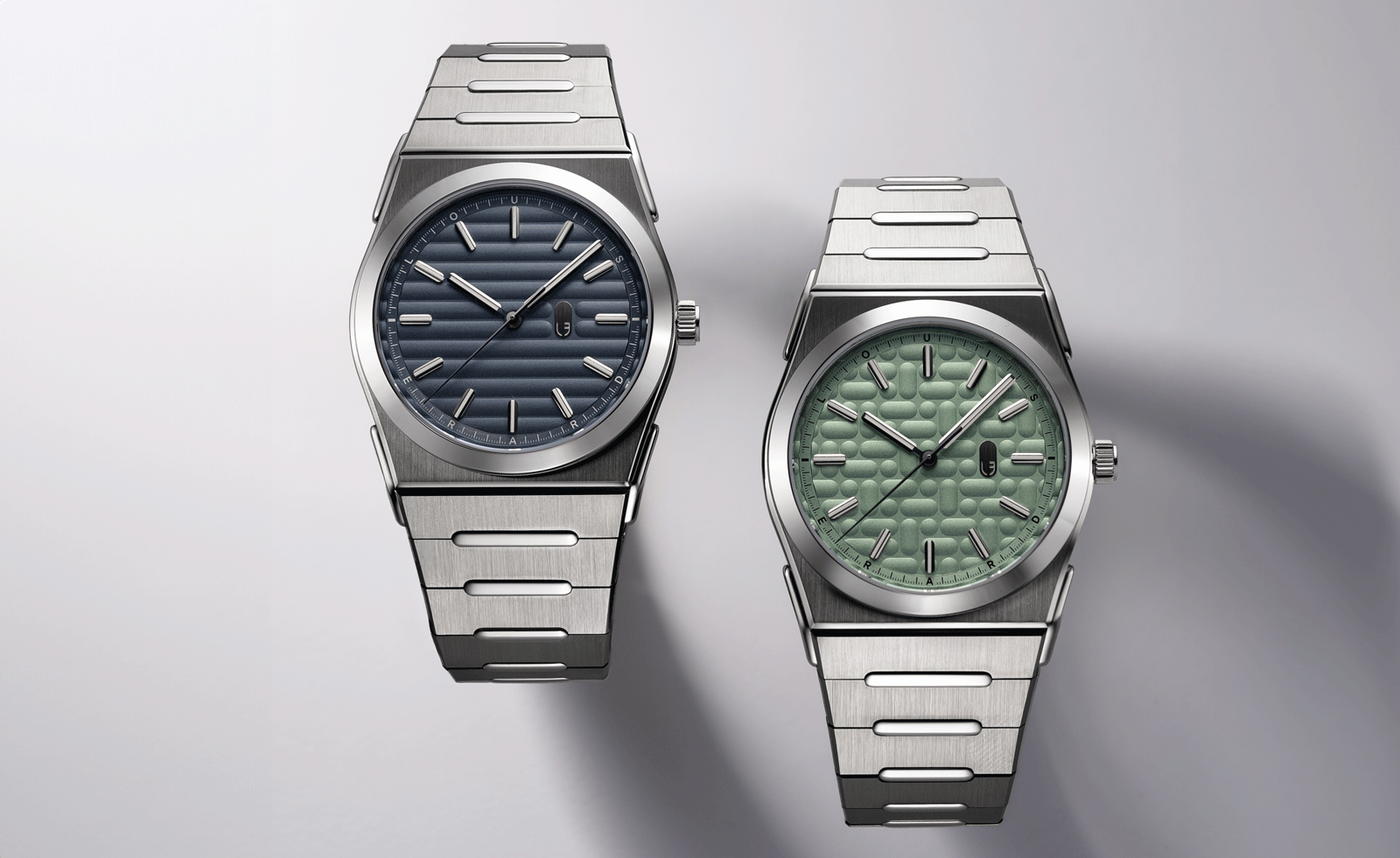 Five watch trends to look out for in 2026
Five watch trends to look out for in 2026From dial art to future-proofed 3D-printing, here are the watch trends we predict will be riding high in 2026
-
 Five destinations to have on your radar this year
Five destinations to have on your radar this yearThe cultural heavyweights worth building an itinerary around as culture and creativity come together in powerful new ways
-
 Dublin-based designer Cara Campos turns abandoned bicycles into sleekly minimal furniture pieces
Dublin-based designer Cara Campos turns abandoned bicycles into sleekly minimal furniture piecesWallpaper* Future Icons: Saudi-raised Irish/French designer Cara Campos' creative approach is rooted in reuse, construction and the lives of objects
-
 Welcome to The Gingerbread City – a baked metropolis exploring the idea of urban ‘play’
Welcome to The Gingerbread City – a baked metropolis exploring the idea of urban ‘play’The Museum of Architecture’s annual exhibition challenges professionals to construct an imaginary, interactive city entirely out of gingerbread
-
 You’ll soon be able to get a sneak peek inside Peter Zumthor’s LACMA expansion
You’ll soon be able to get a sneak peek inside Peter Zumthor’s LACMA expansionBut you’ll still have to wait another year for the grand opening
-
 Modernist architecture: inspiration from across the globe
Modernist architecture: inspiration from across the globeModernist architecture has had a tremendous influence on today’s built environment, making these midcentury marvels some of the most closely studied 20th-century buildings; here, we explore the genre by continent
-
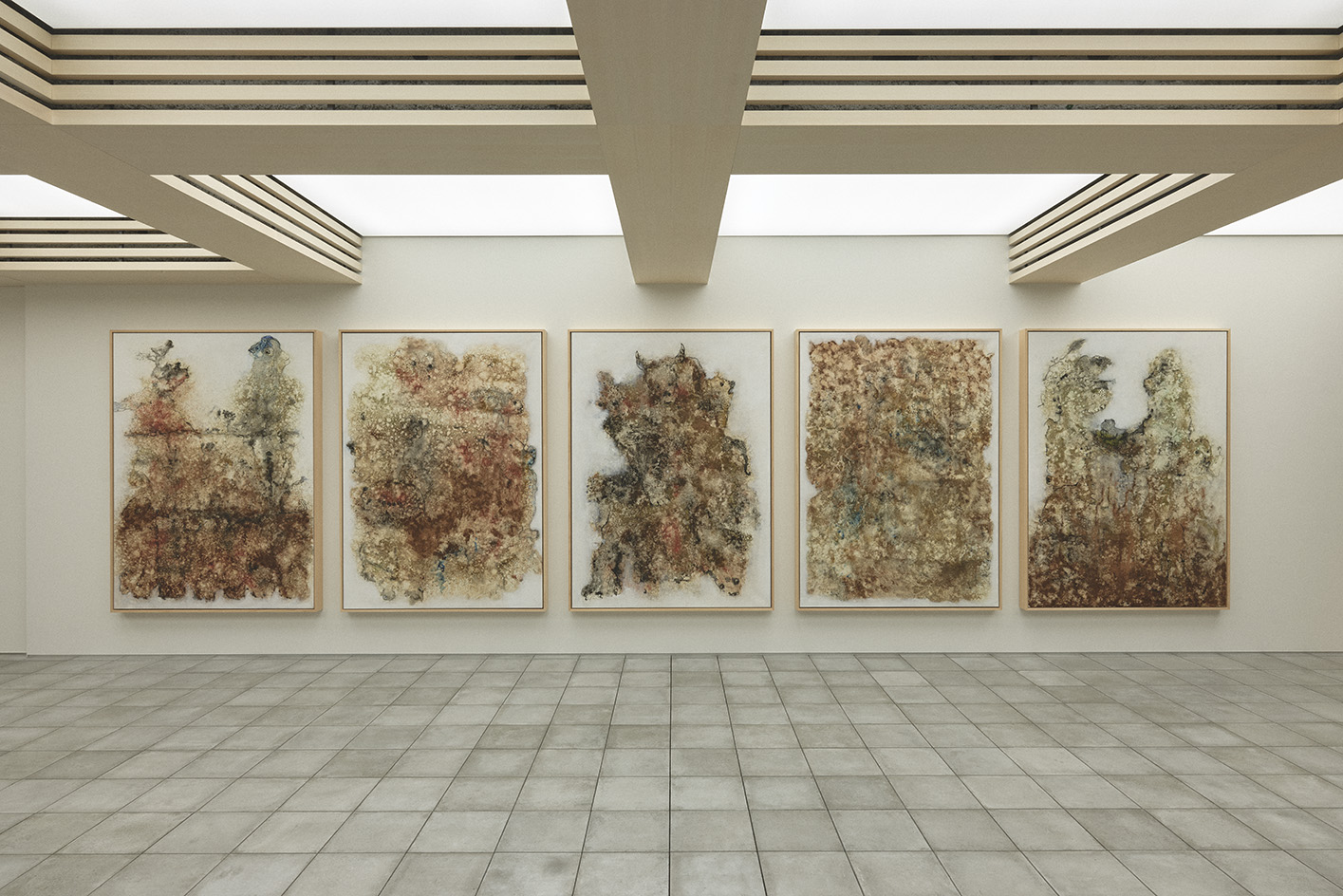 Space Un celebrates contemporary African art, community and connection in Japan
Space Un celebrates contemporary African art, community and connection in JapanSpace Un, a new art venue by Edna Dumas, dedicated to contemporary African art, opens in Tokyo, Japan
-
 Stephen Friedman Gallery by David Kohn is infused with subtly playful elegance
Stephen Friedman Gallery by David Kohn is infused with subtly playful eleganceStephen Friedman Gallery gets a new home by David Kohn in London, filled with elegant details and colourful accents
-
 Minimalist architecture: homes that inspire calm
Minimalist architecture: homes that inspire calmThese examples of minimalist architecture place life in the foreground – clutter is demoted; joy promoted
-
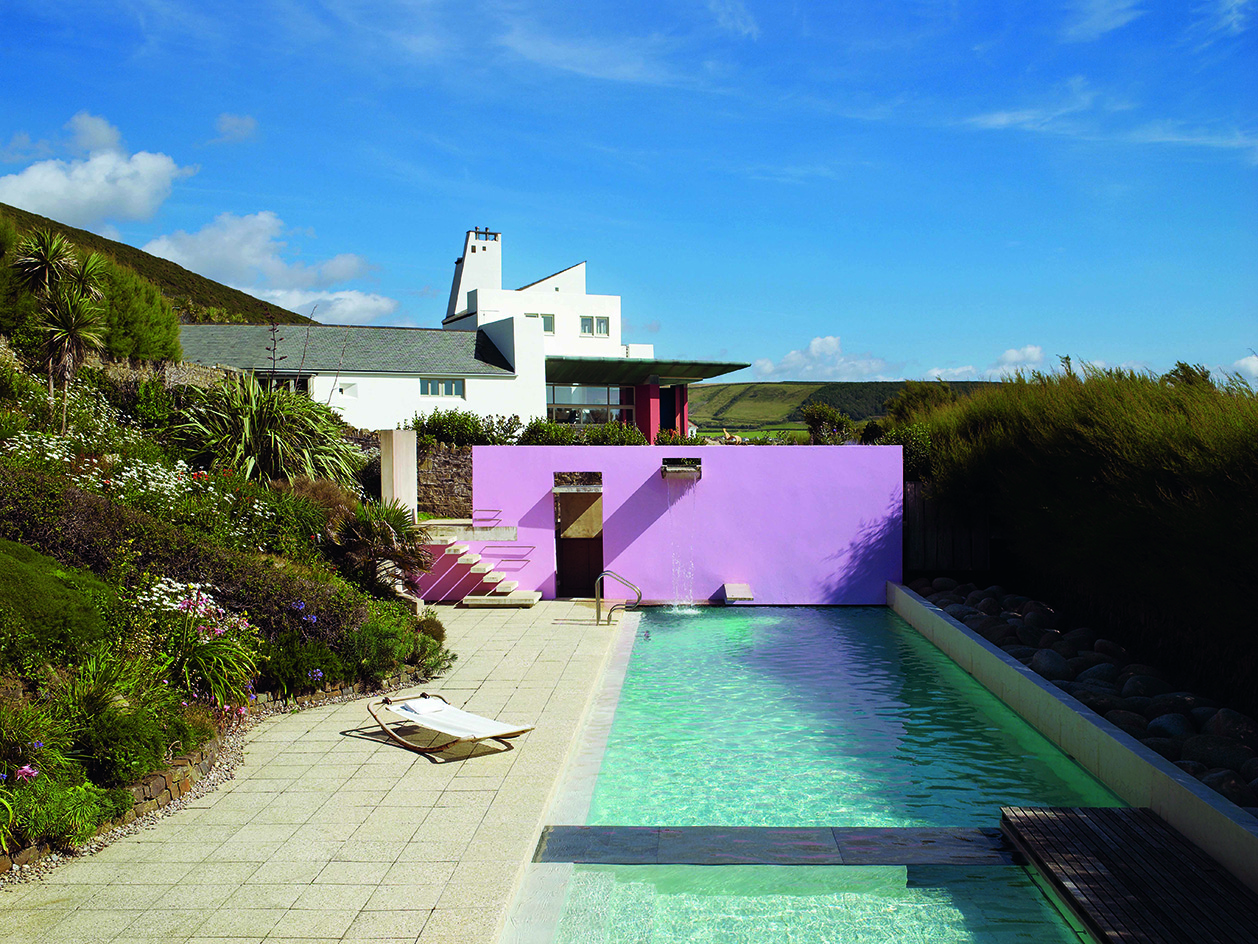 The iconic British house: key examples explored
The iconic British house: key examples exploredNew book ‘The Iconic British House’ by Dominic Bradbury explores the country’s best residential examples since 1900
-
 Loyle Carner’s Reading Festival 2023 stage presents spatial storytelling at its finest
Loyle Carner’s Reading Festival 2023 stage presents spatial storytelling at its finestWe talk to Loyle Carner and The Unlimited Dreams Company (UDC) about the musical artist’s stage set design for Reading Festival 2023